Clothes Flashcards
2018-03-02
This is a card deck of clothing words. The front of each card has a picture of an object. The back has the name of the food in Japanese, phonetic Japanese, and English. Many of these words are katakana loan words from English, so you can expect to learn those cards very quickly. Marjorie Carlson found a lot of the pictures used here.
Here's the 50-card package for Anki.
| Picture | English | Japanese | Kana |
|---|---|---|---|
 | backpack | リュック | リュック |
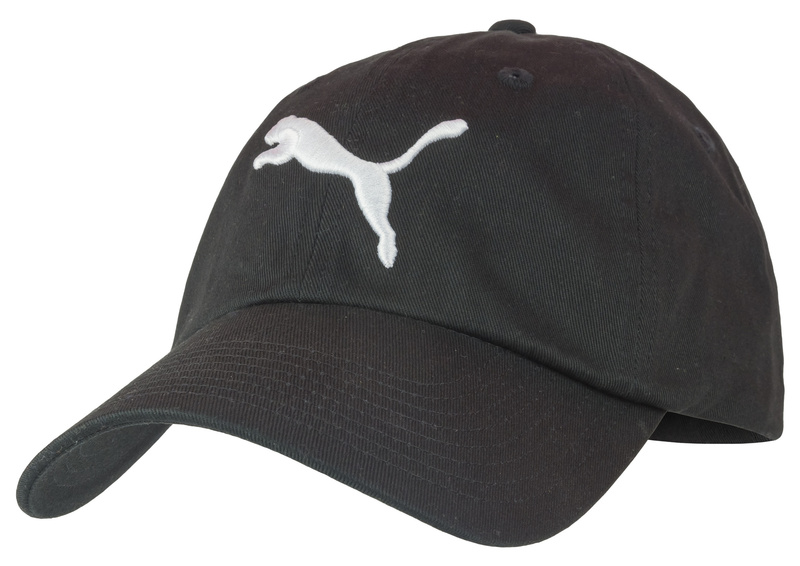 | baseball cap | ベースボールキャップ | ベースボールキャップ |
 | belt | ベルト | ベルト |
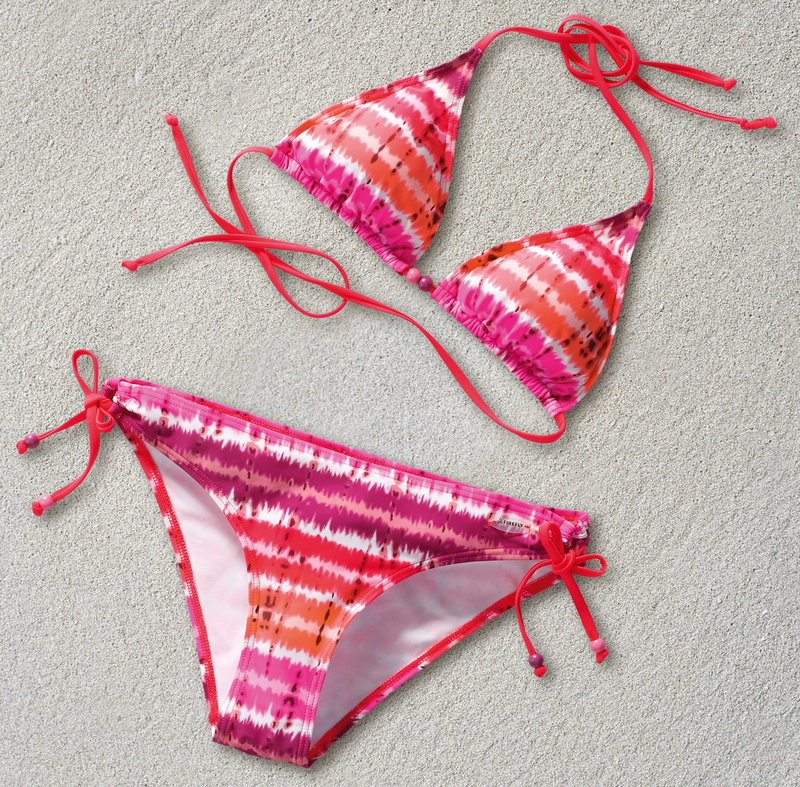 | bikini | ビキニ | ビキニ |
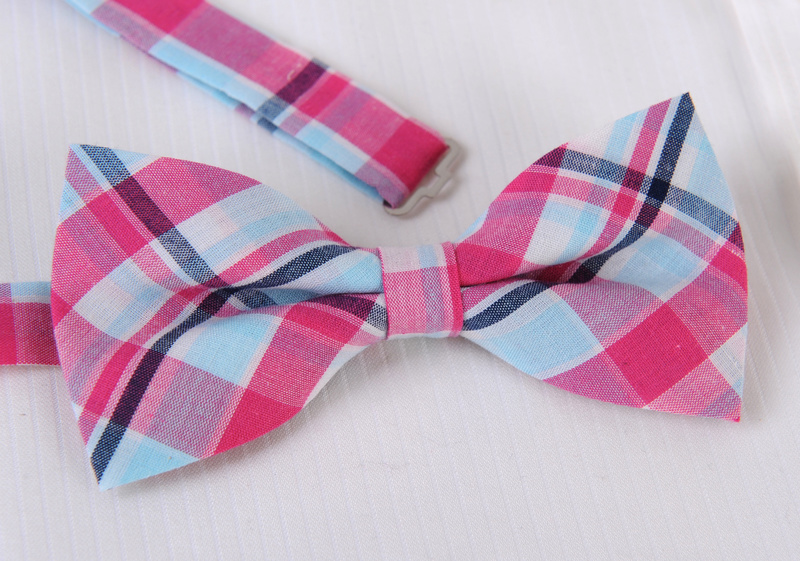 | bow tie | 蝶ネクタイ | ちょうネクタイ |
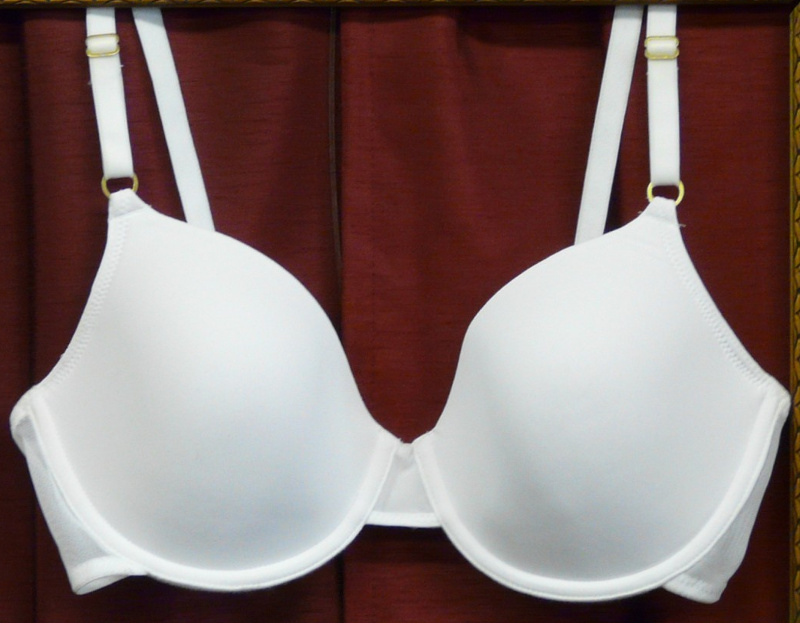 | bra | ブラジャー | ブラジャー |
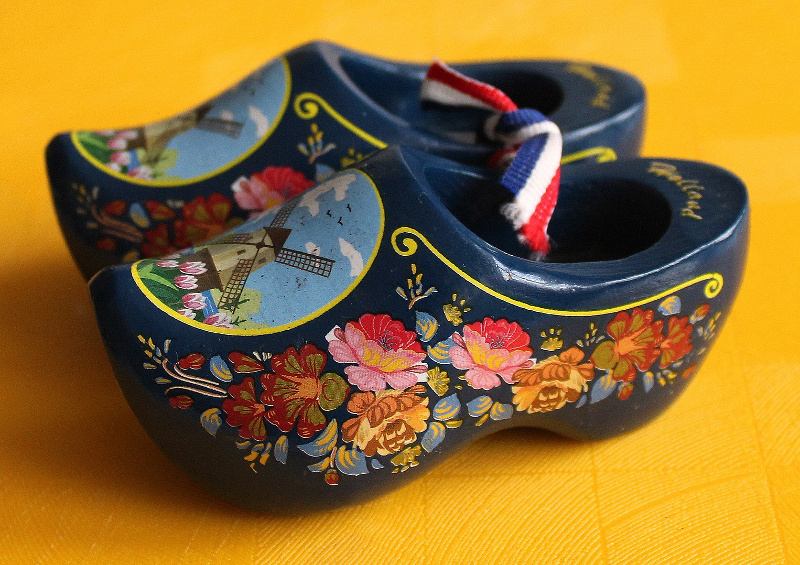 | clogs | 木靴 | きぐつ |
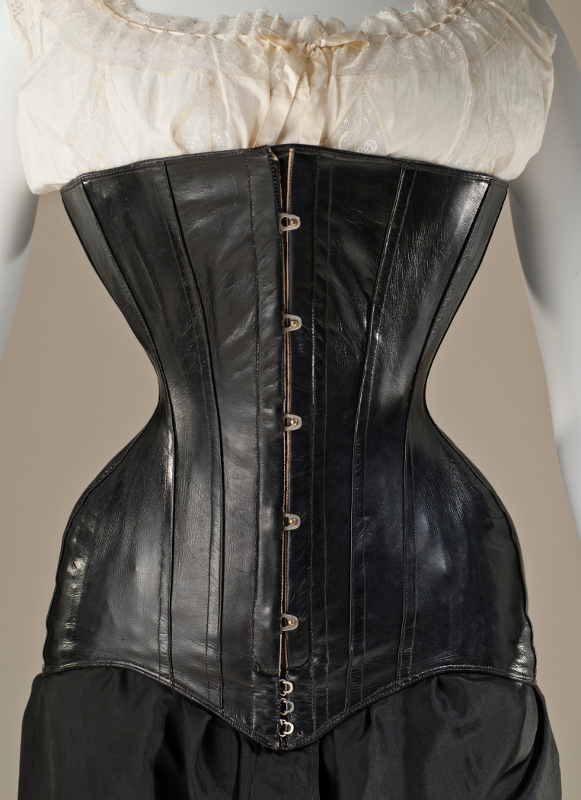 | corset | コルセット | コルセット |
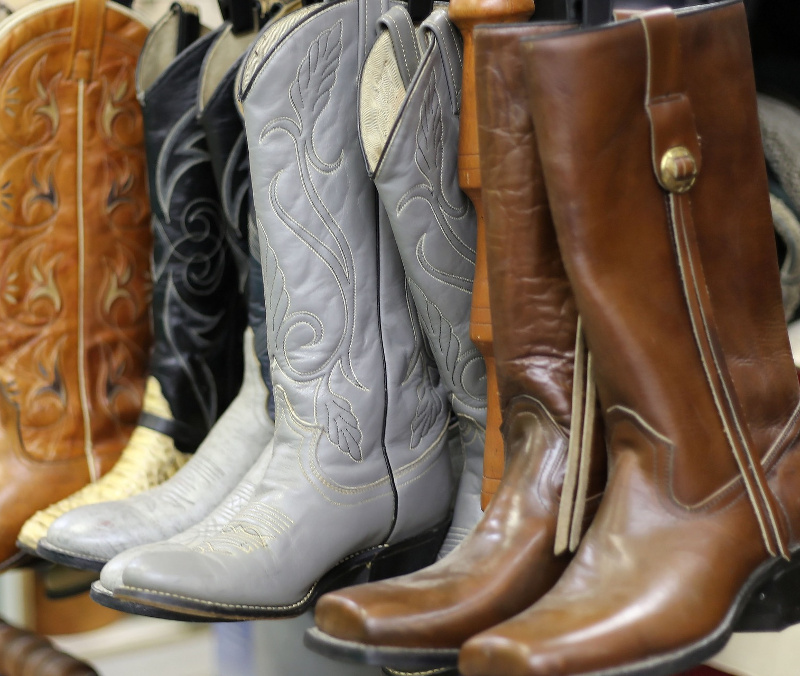 | cowboy boots | カウボーイブーツ | カウボーイブーツ |
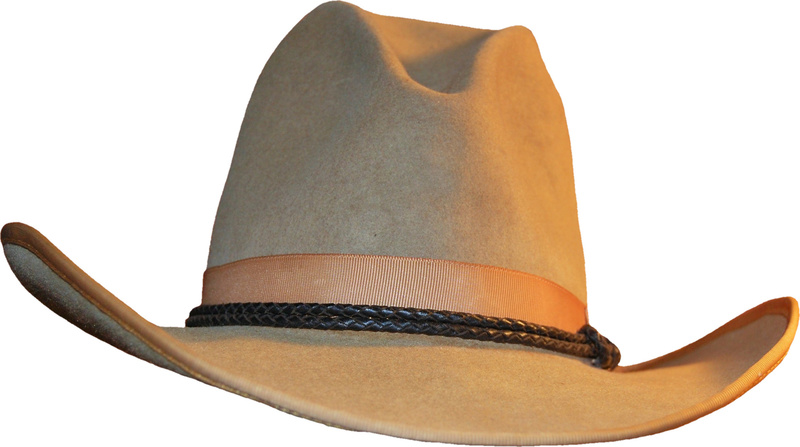 | cowboy hat | テンガロンハット | テンガロンハット |
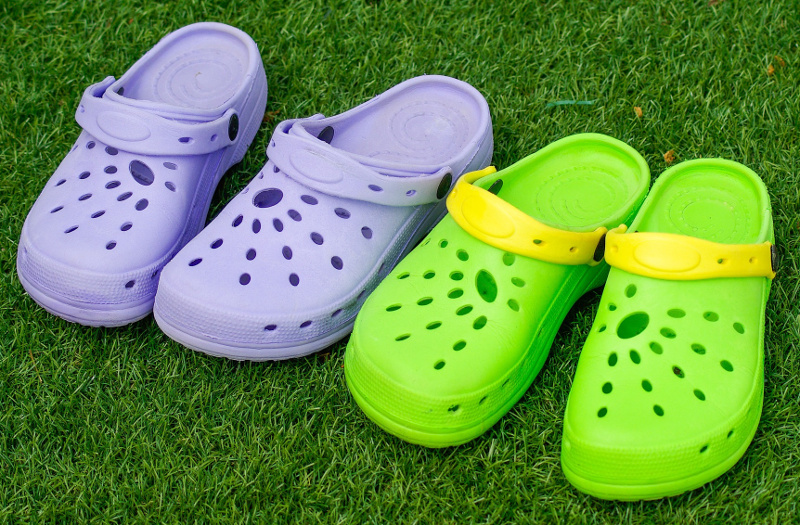 | crocs | クロックス | クロックス |
 | crown | 冠 | かんむり |
 | dress | ドレス | ドレス |
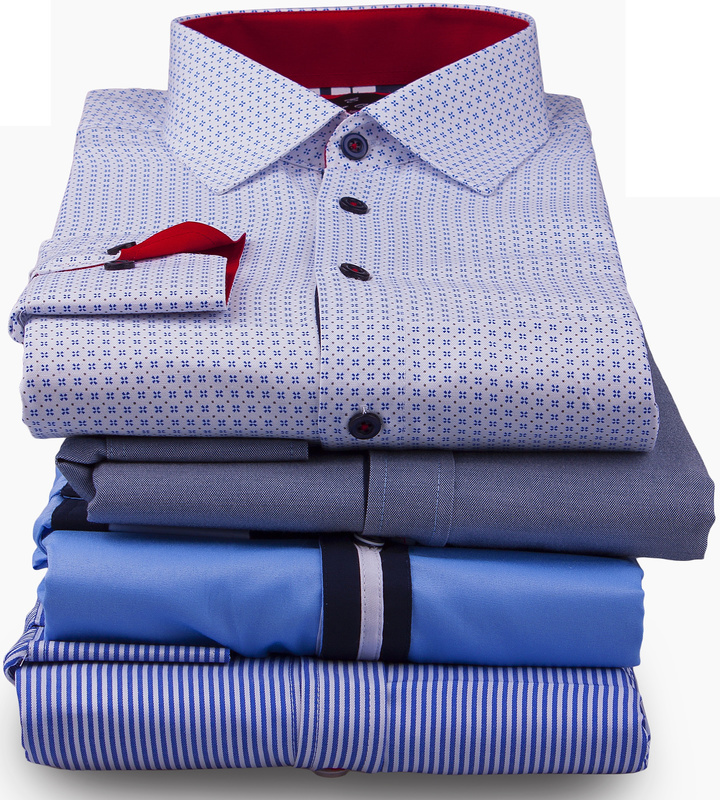 | dress shirts | ワイシャツ | ワイシャツ |
 | earrings | イヤリング | イヤリング |
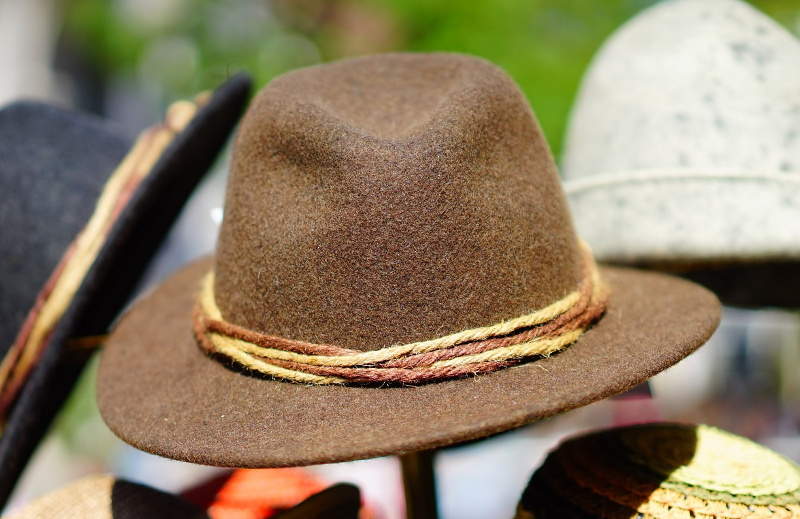 | fedora | 中折帽子 | なかおれぼうし |
 | flip-flops | ビーチサンダル | ビーチサンダル |
 | gloves | 手袋 | てぶくろ |
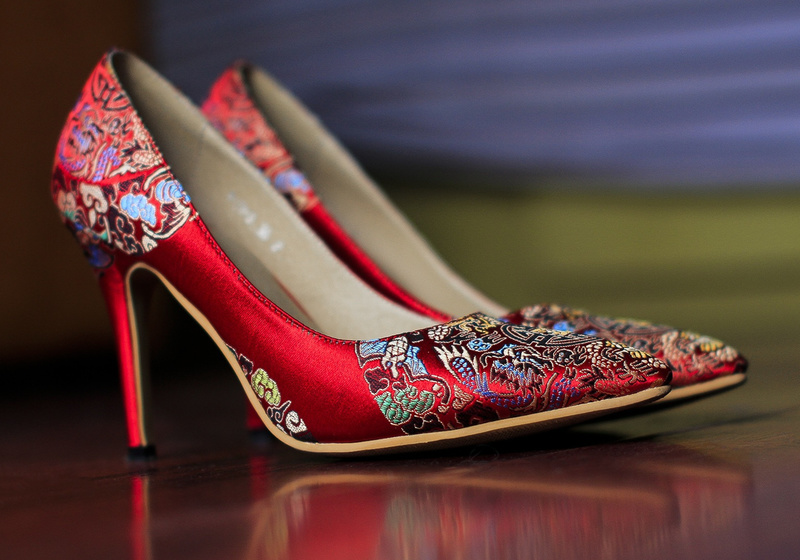 | high heels | ハイヒール | ハイヒール |
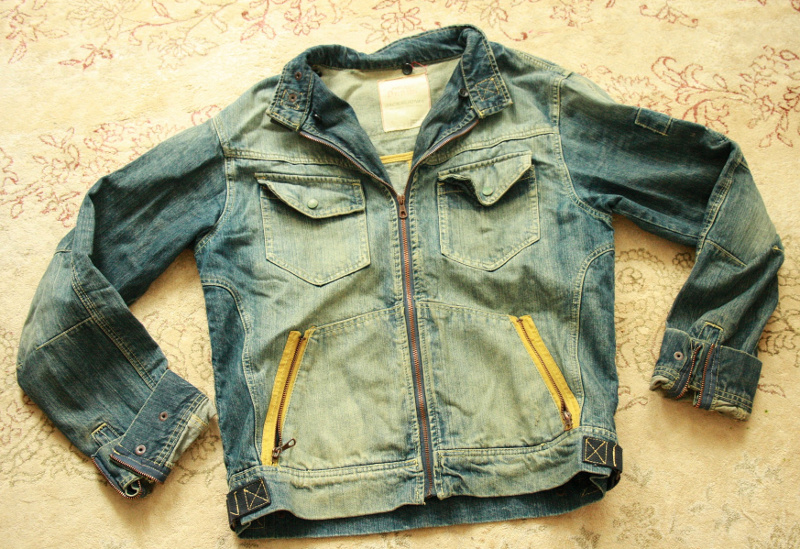 | jean jacket | ジージャン | ジージャン |
 | jeans | ジーンズ | ジーンズ |
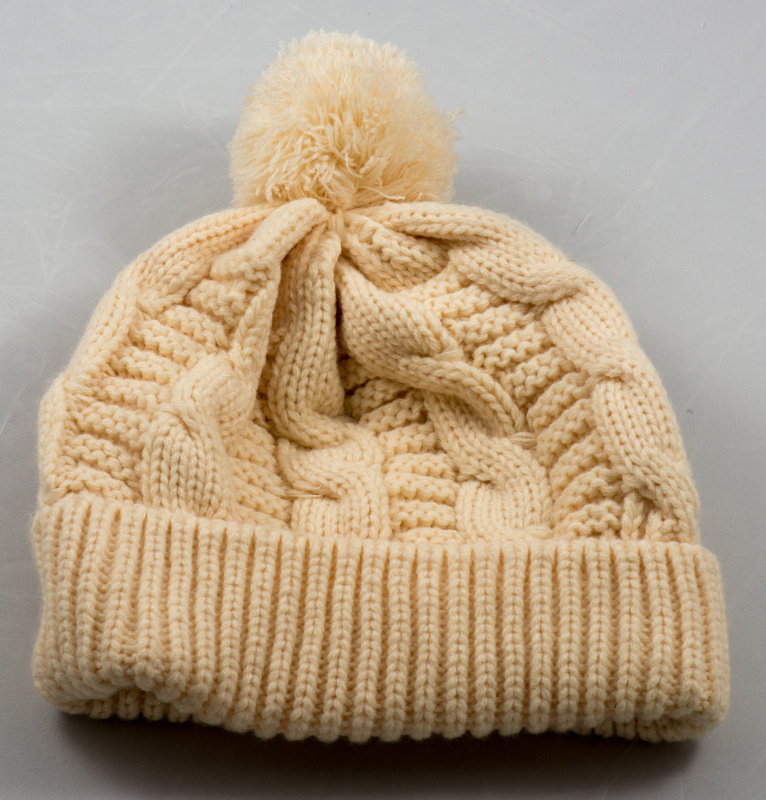 | knit cap | ニットキャップ | ニットキャップ |
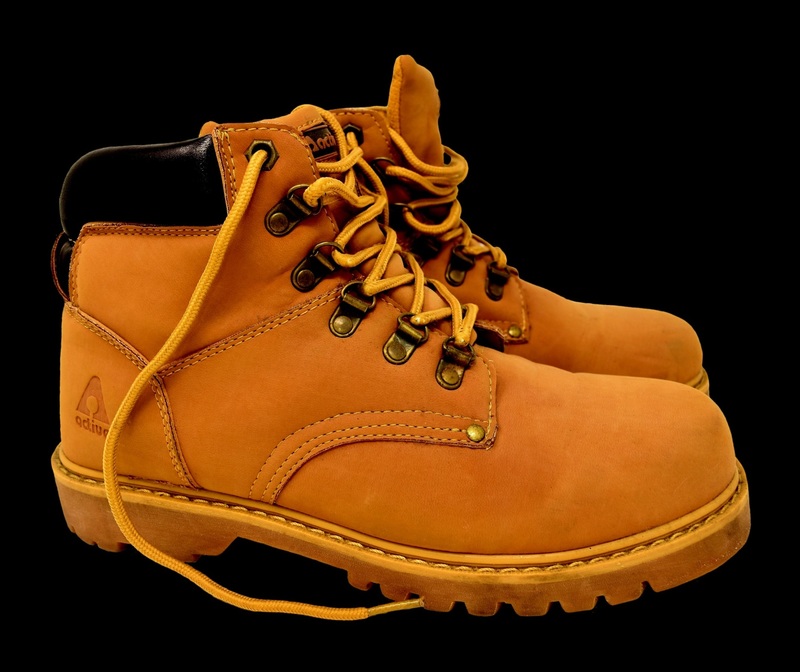 | leather boots | 革ブーツ | かわブーツ |
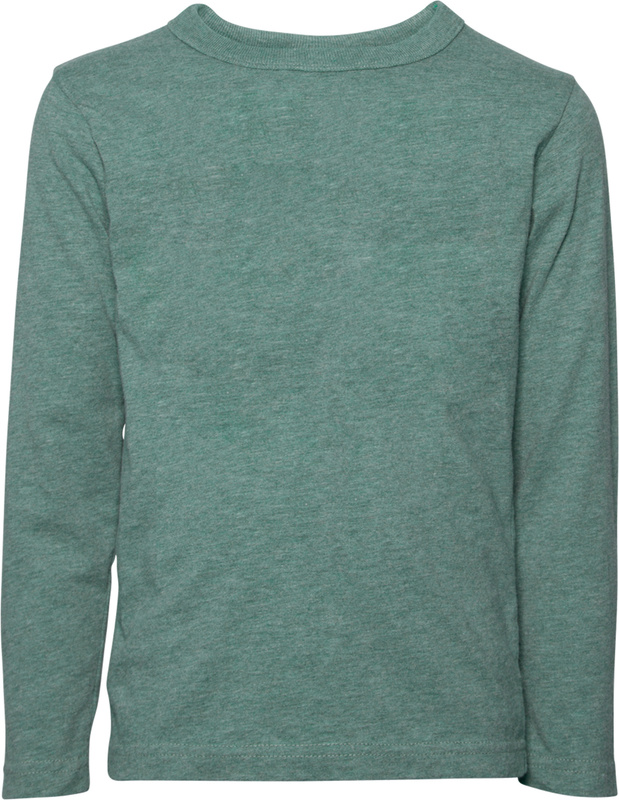 | long sleeve T-shirt | 長袖Tシャツ | ながそでティーシャツ |
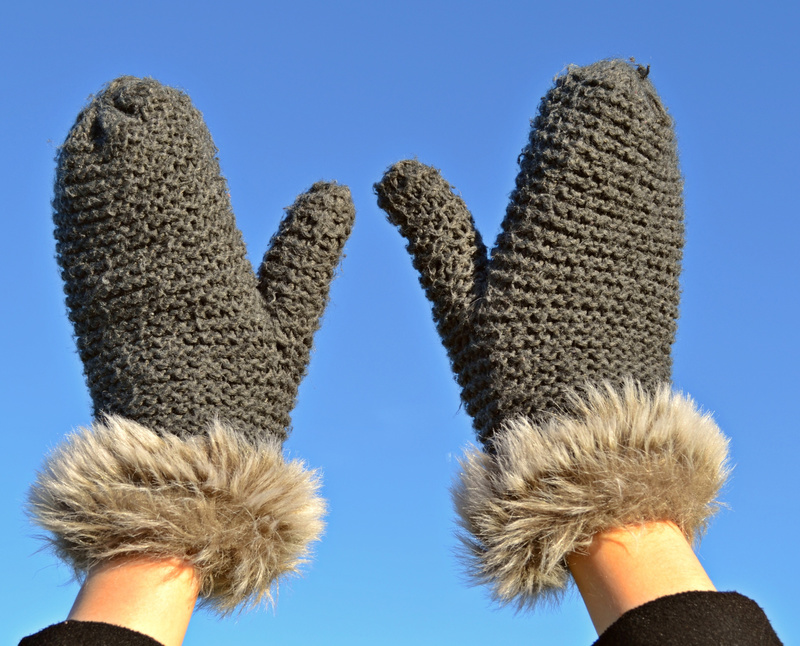 | mittens | ミトン | ミトン |
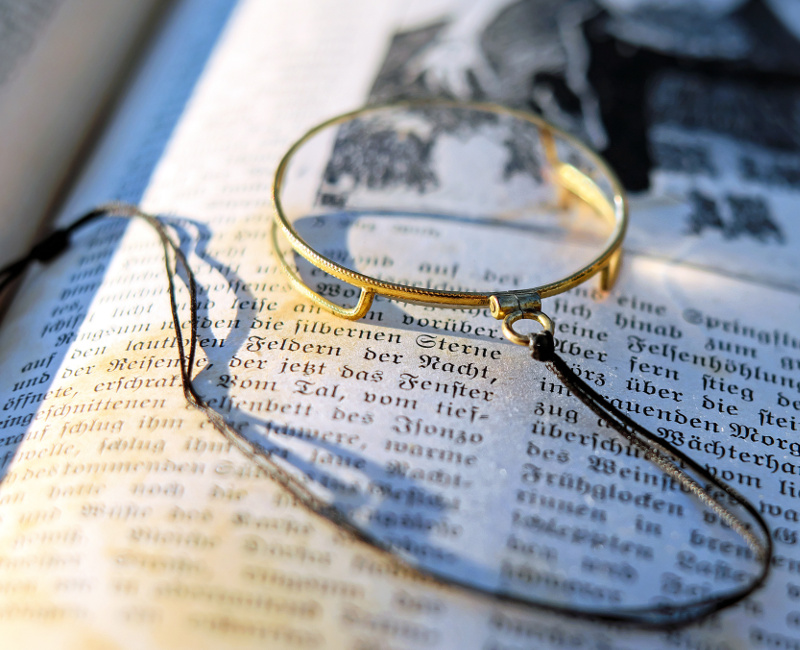 | monocle | 片眼鏡 | かためがね |
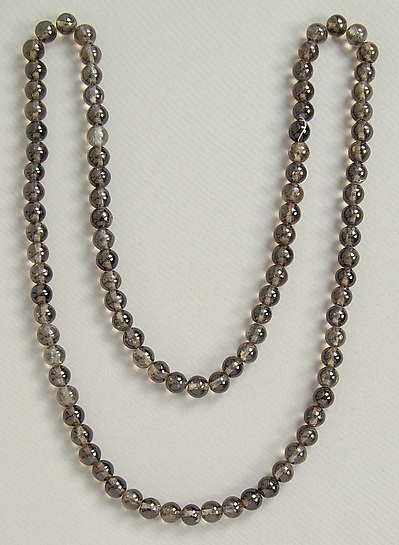 | necklace | ネックレス | ネックレス |
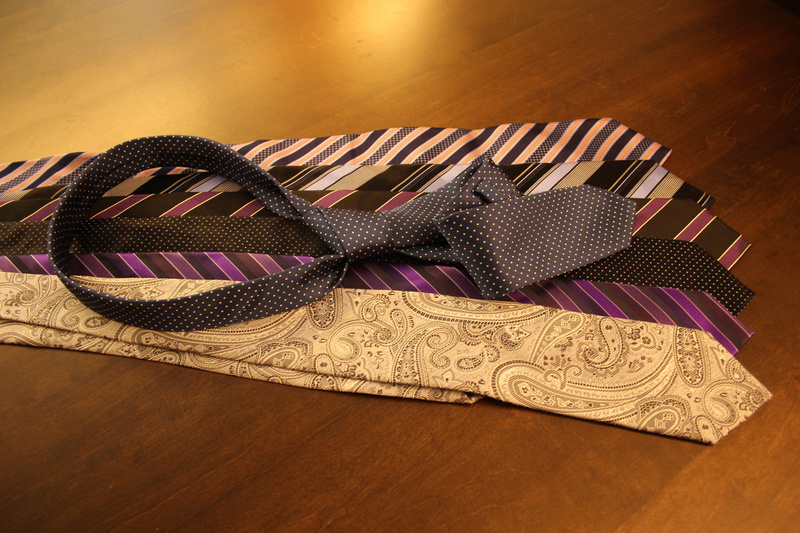 | neckties | ネクタイ | ネクタイ |
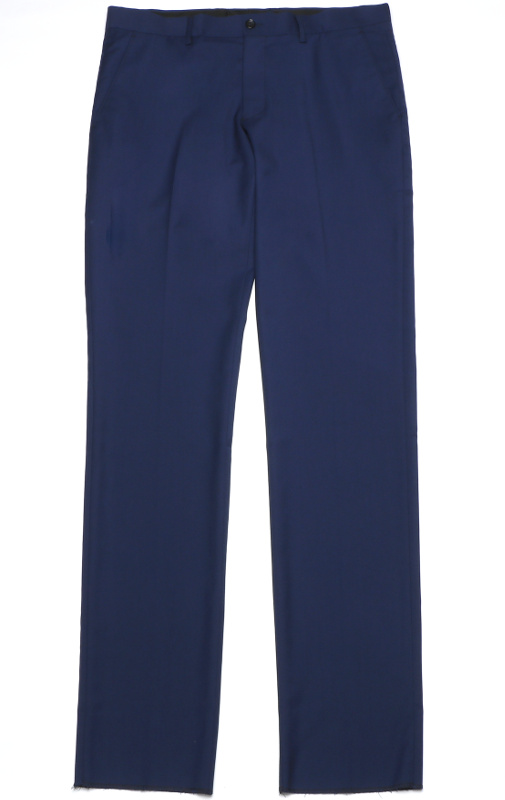 | pants | ズボン | ズボン |
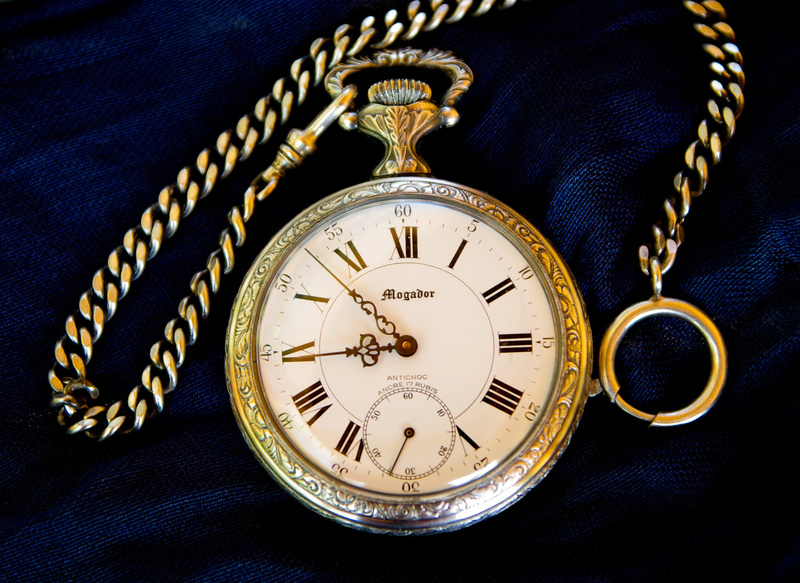 | pocket watch | 懐中時計 | かいちゅうどけい |
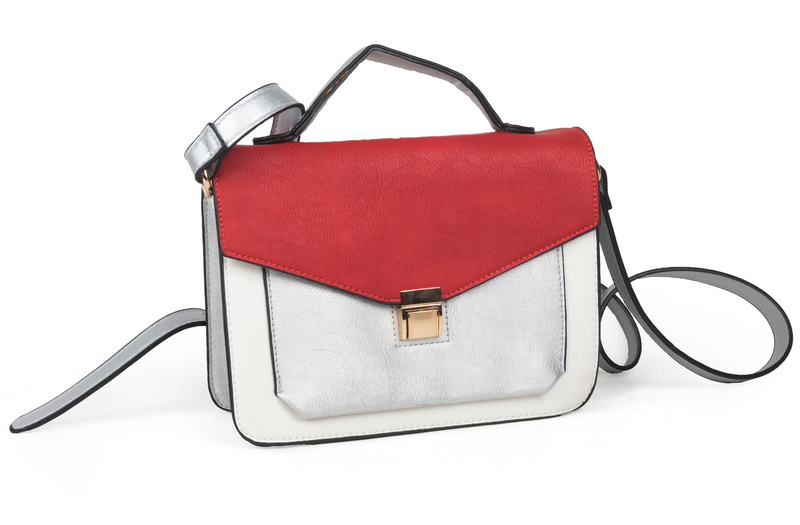 | purse | ハンドバッグ | ハンドバッグ |
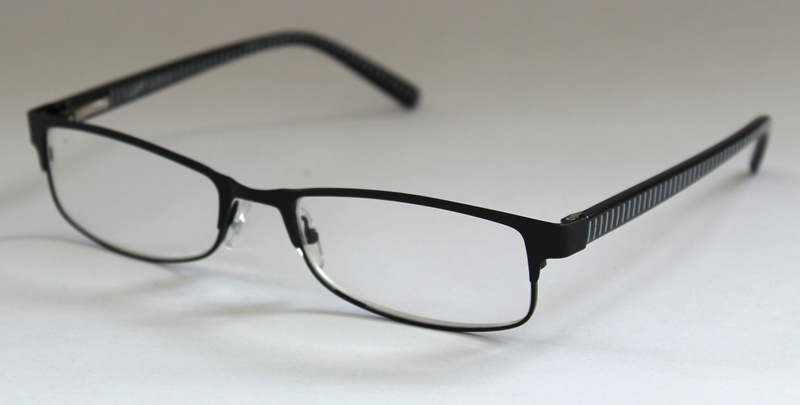 | reading glasses | 老眼鏡 | ろうがんきょう |
 | rings | 指輪 | ゆびわ |
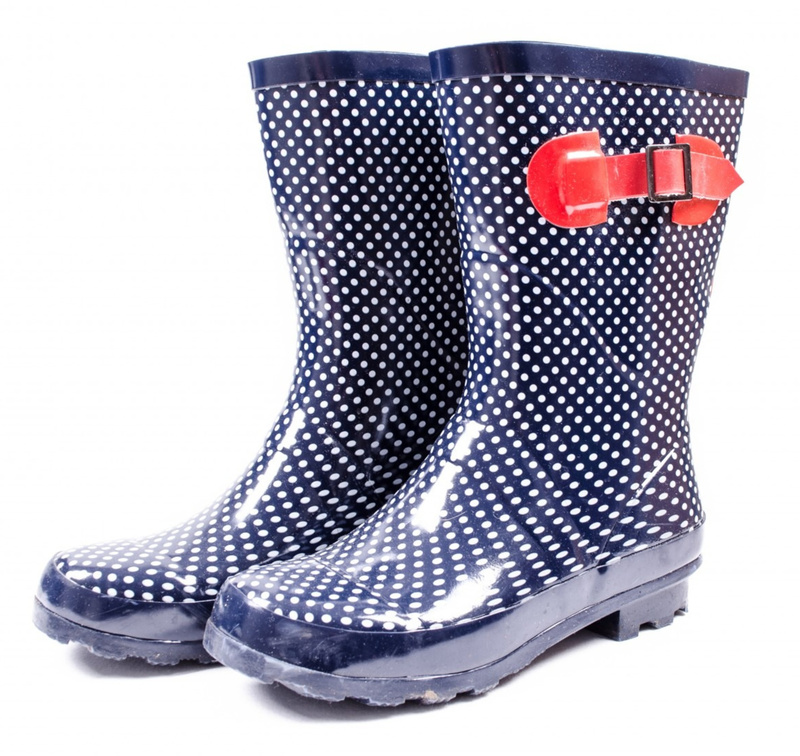 | rubber boots | 雨靴 | あまぐつ |
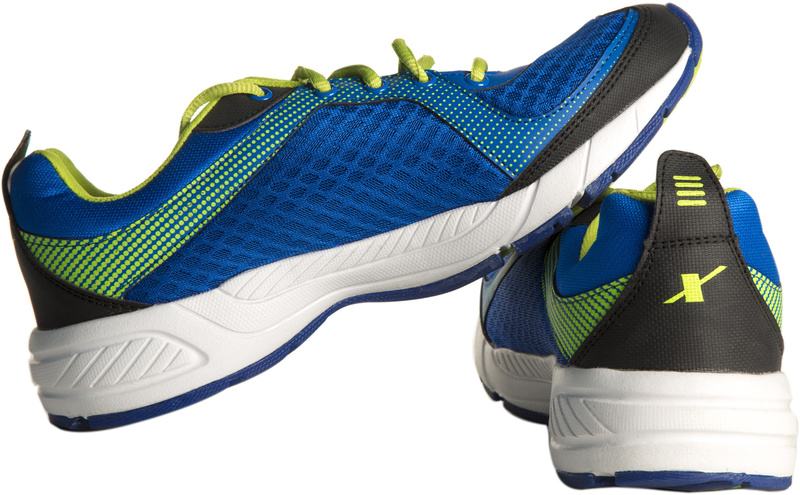 | running shoes | ランニングシューズ | ランニングシューズ |
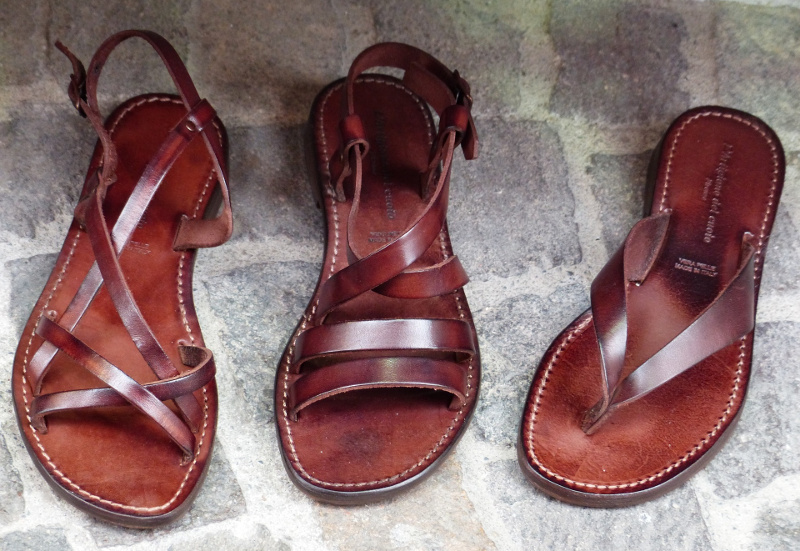 | sandals | サンダル | サンダル |
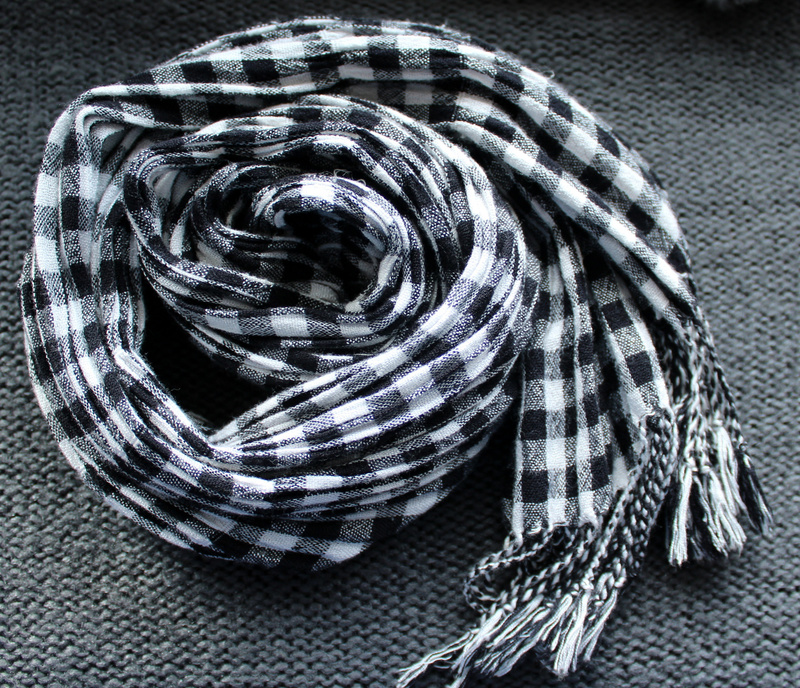 | scarf | マフラー | マフラー |
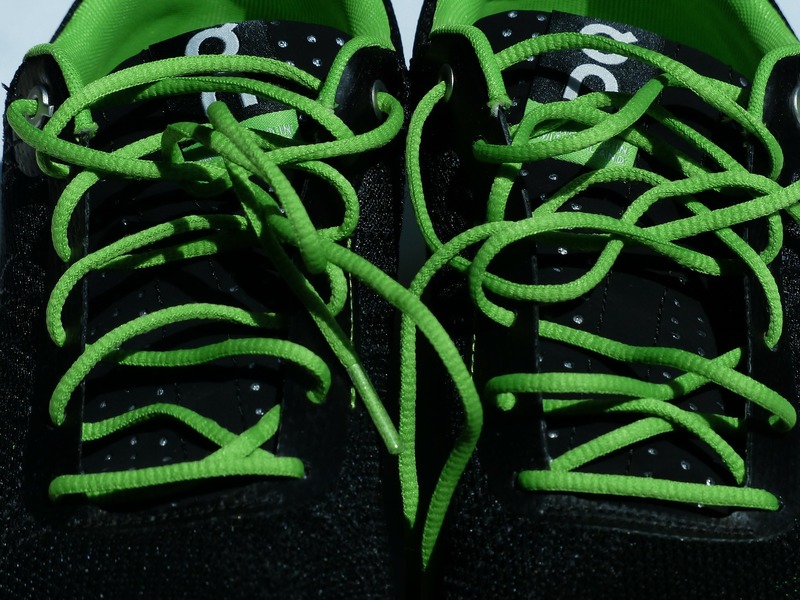 | shoelaces | 靴ひも | くつひも |
 | shoes | 靴 | くつ |
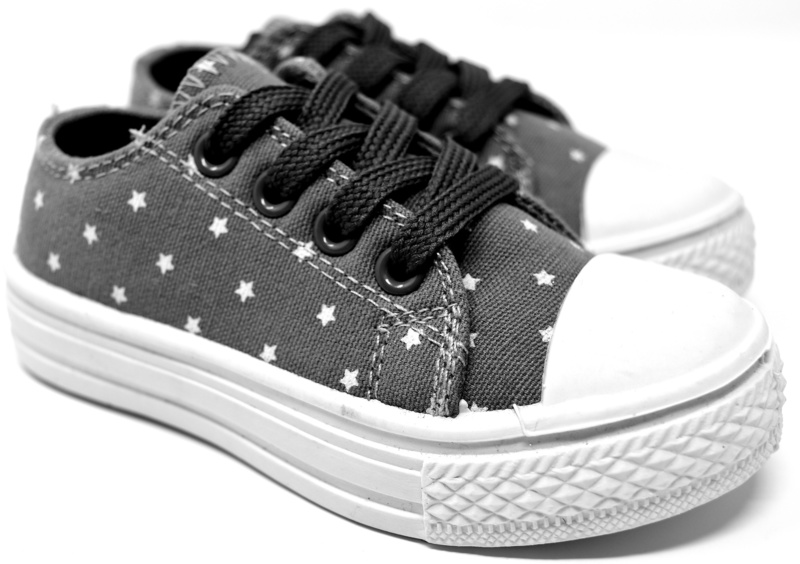 | sneakers | スニーカー | スニーカー |
 | socks | 靴下 | くつした |
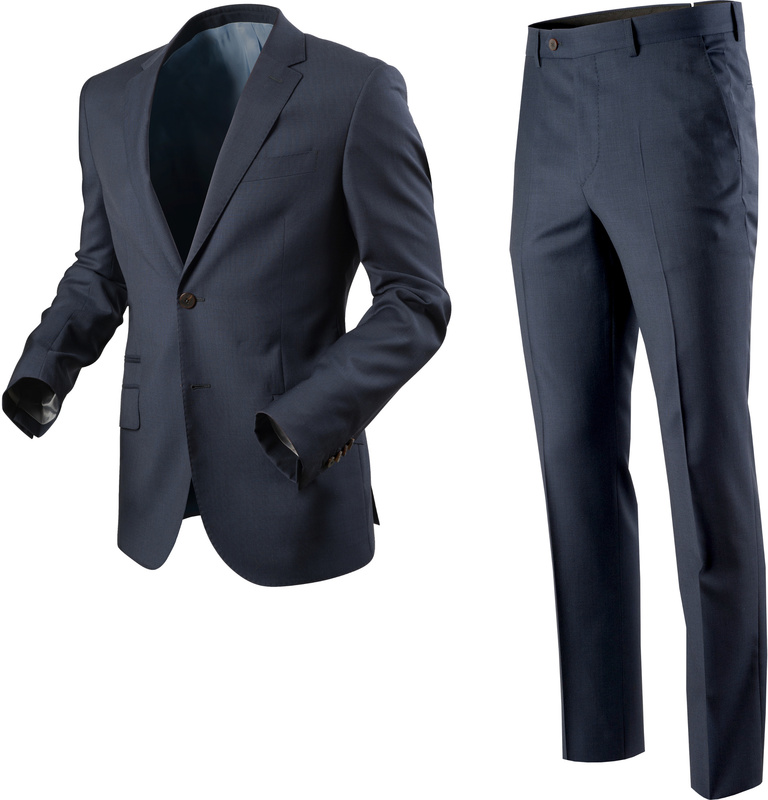 | suit | スーツ | スーツ |
 | sunglasses | サングラス | サングラス |
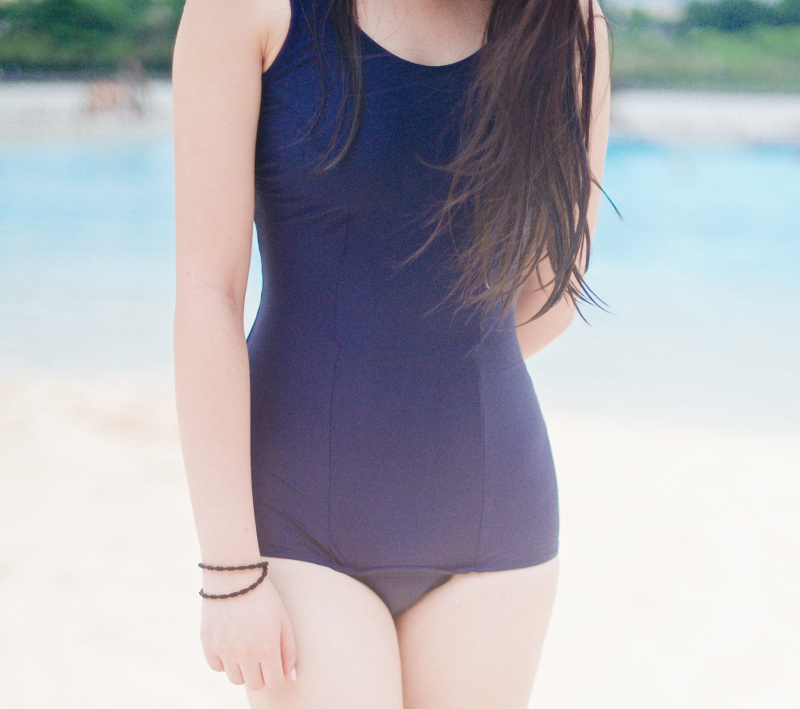 | swimsuit | 水着 | みずぎ |
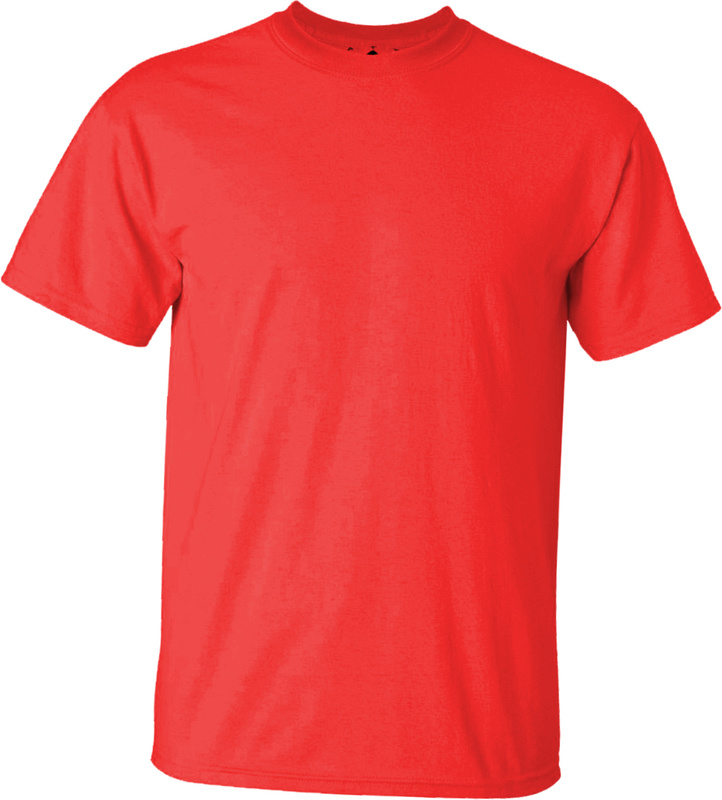 | T-shirt | Tシャツ | ティーシャツ |
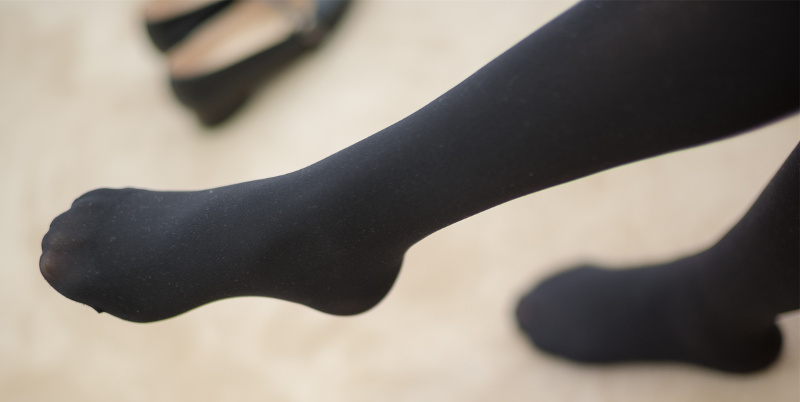 | tights | タイツ | タイツ |
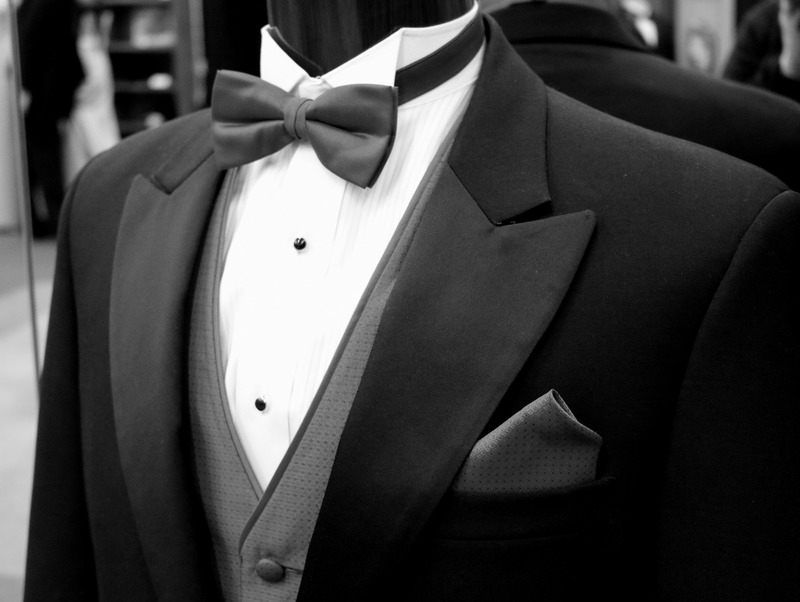 | tuxedo | タキシード | タキシード |
 | wallet | 財布 | さいふ |
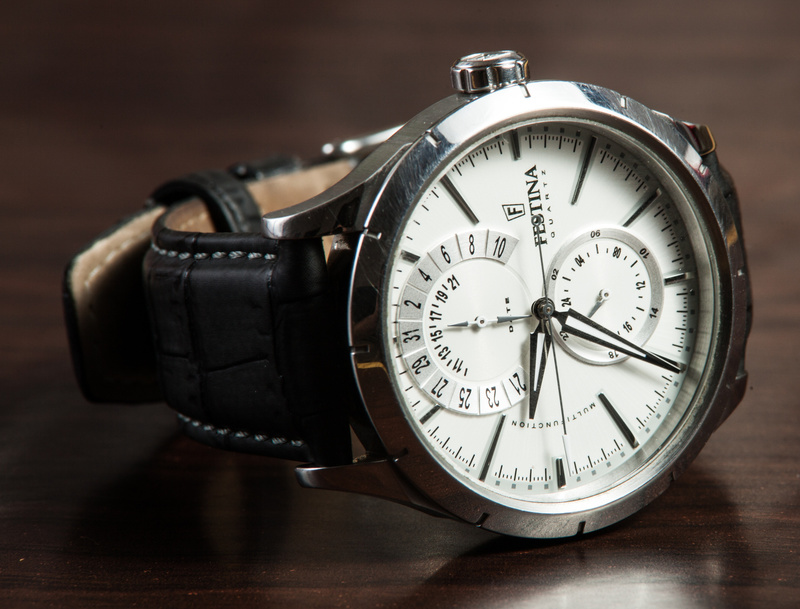 | wristwatch | 腕時計 | うでどけい |
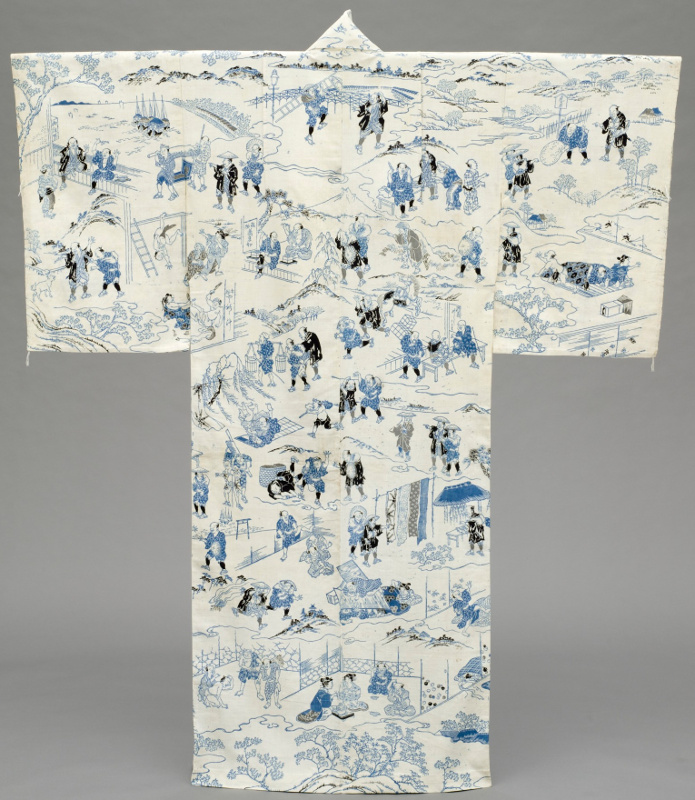 | yukata | 浴衣 | ゆかた |
| Picture | English | Japanese | Kana |
I love building vocabulary with picture flashcards. They're super easy to use, and it helps avoid overusing text-based studying. Traditionally, people always studied using a book with words on a page, but if your goal is to know what a given object is called, why not start with a picture of the object itself, rather than a word representing it?
